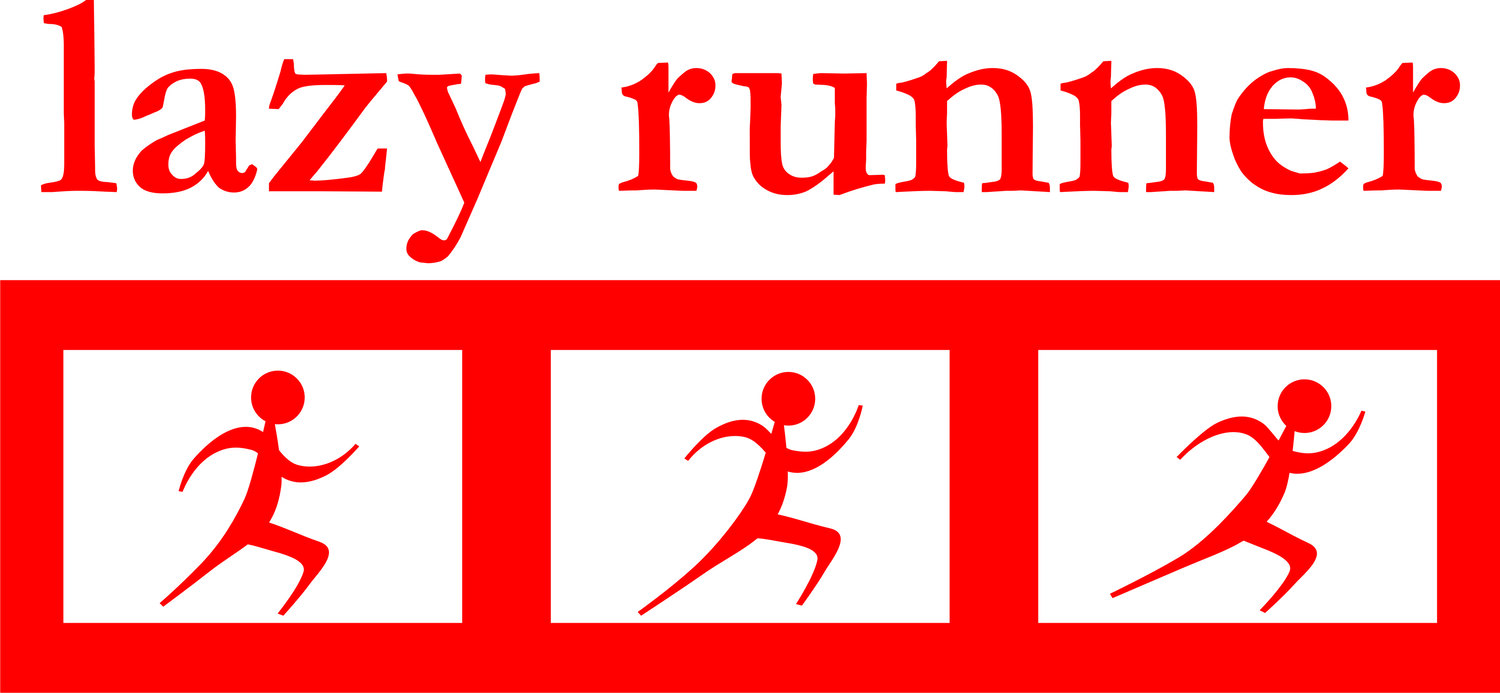Running Surfaces
A lot of the niggly pains in joint and muscles that annoy runners could be caused by the surfaces we run on.
The surface you run on can make a difference to how you run and how you feel after a run. Below is a list of surfaces we run on in our sessions, and they are rated from best to worse.
Grass
Grass surfaces are ideal for running as they are soft and absorb the impact of running rather than sending it through your body. However, it is hard to find long distances of grass to run on and running laps of ovals can be very boring. It's hard to find grass on our long runs, but the best tip I can give you is if you see some mown grass along your running path, get onto it, even if it's just for a few metres each time you see it it will relieve some of the impact through your body.
Track
Synthetic running tracks made up of polyurethane binder material, latex or rubber. These tracks are ideal for fast running and can often have the least impact of shock on runner’s legs. If you are lucky enough to be near a track you should test it out and see what difference it makes to your legs, however once again it is hard to do long distance work on a track
Cross Country and Trails
Definitely my favorite surface to run on. Usually cross country trails are made up of dirt paths, mixed with sand or leaves and the effect is like running on blankets! The surface absorbs alot of the impact to your legs and joints and you notice that you don't pound so hard or even hear your footfall on these surfaces. When running my marathon in South Africa the first 30km were through a forest, I never really realised how soft the surface was until I hit the road for the last 10km and the pain and vibration I felt right through my body on that last leg of the race was amazing compared to the forest floor. However, the risk of running on trials is slips and falls. When wet this surface gets slippery, and there are often roots and rocks to trip you up. There is also the risk of getting lost if you don't know the forest or trail, and of course you will not be able to obtain the same pace as you could do when road running.
Road
The combination of crushed rock and tar that makes asphalt, does have some give, therefore, not a bad surface to run on. It will impact your joints and limbs but not as severely as concrete. Asphalt is easier to grip, especially when wearing running shoes and not as slippery as other surfaces. However , roads are not always safe to run on due to traffic hazards.
Beach
Australia and the Sunshine Coast have wonderful stretches of sand, however, it is not always suitable to run on. Soft, dry sand is very hard on Achilles and calves as your heel sinks down further on foot strike making you push off more. It can be a great workout for legs and cardio, but not designed for long running. Try to run when the tide is out and sand is wet and hard, it still will have some give in it and of course you cannot beat the breeze and the scenery. Although not an ideal surface, Lazy Runners should occasionally run barefoot along the beach, good for the soul if nothing else.
Concrete
The hardest most unyielding surface to run on. It doesn't absorb any impact therefore when your foot strikes the ground the pressure revertebrates up through your body and joints. If you feel there is jarring in your joints when you are running or you have pain afterwards, try avoiding this surface to see if it makes a difference. I know it's hard not to run on concrete as it is everywhere, seems to go a long way and is safer from traffic hazards. Luckily for us the Ho Hum Run concrete paths do not make up the majority of its surface so it shouldn't be a problem. My suggestion is to vary all the surfaces so it mixes up the impact levels.
